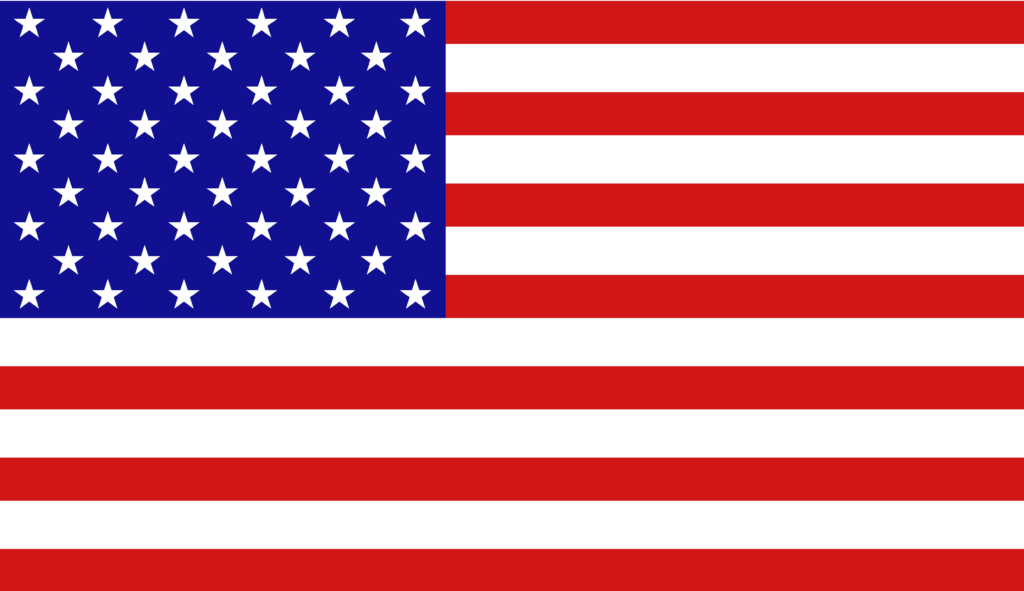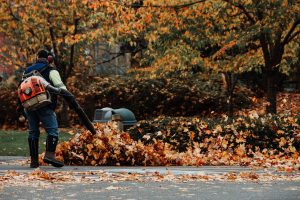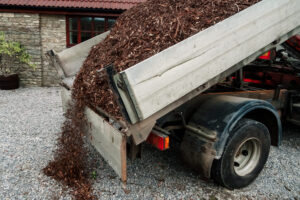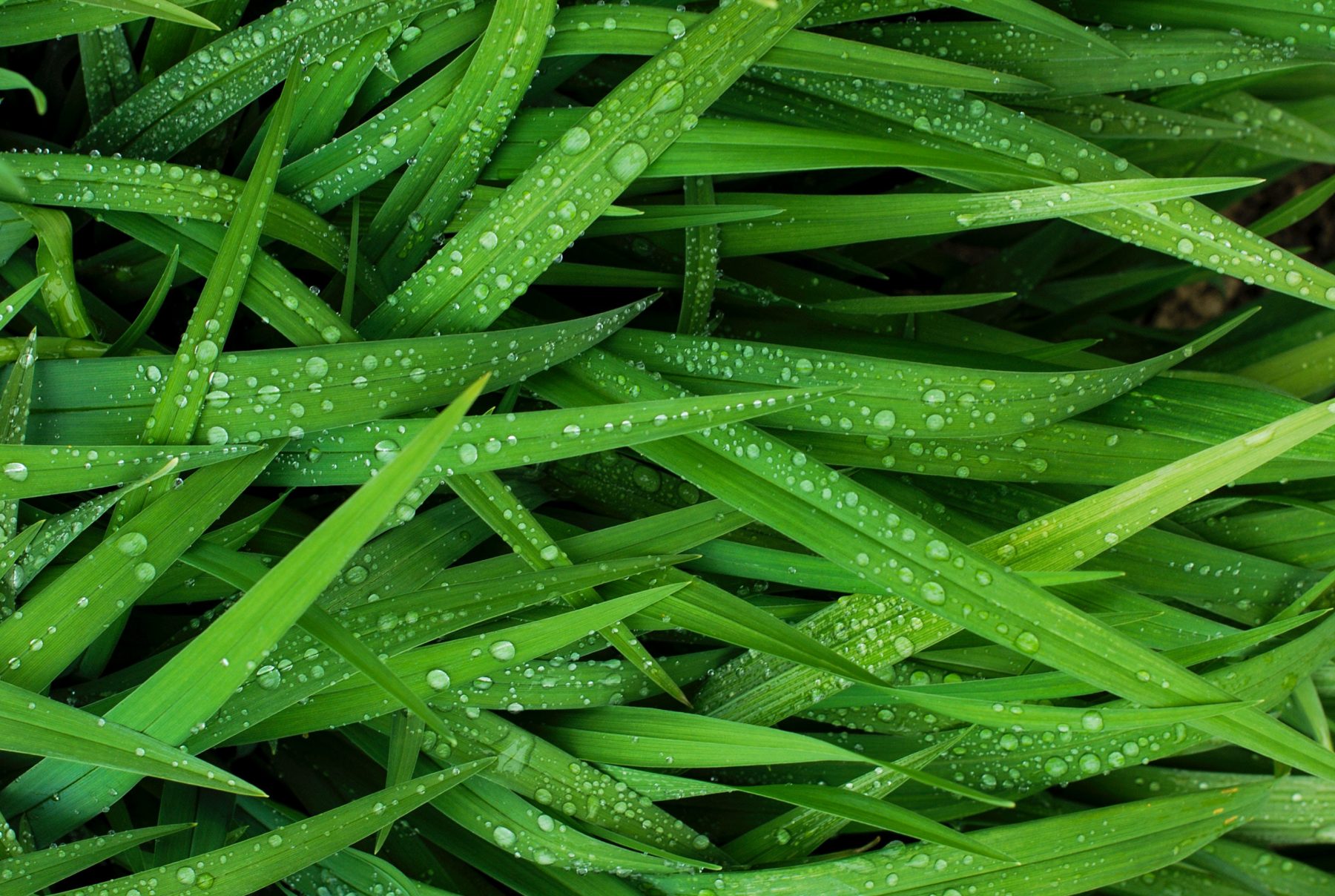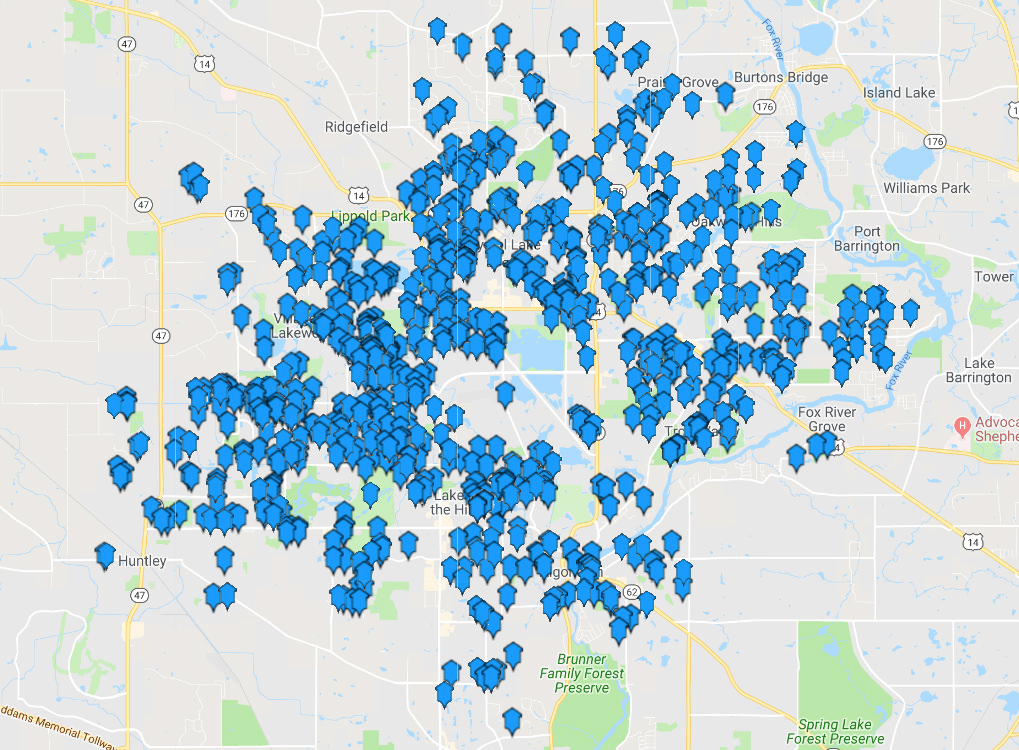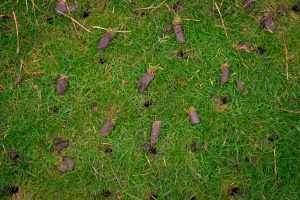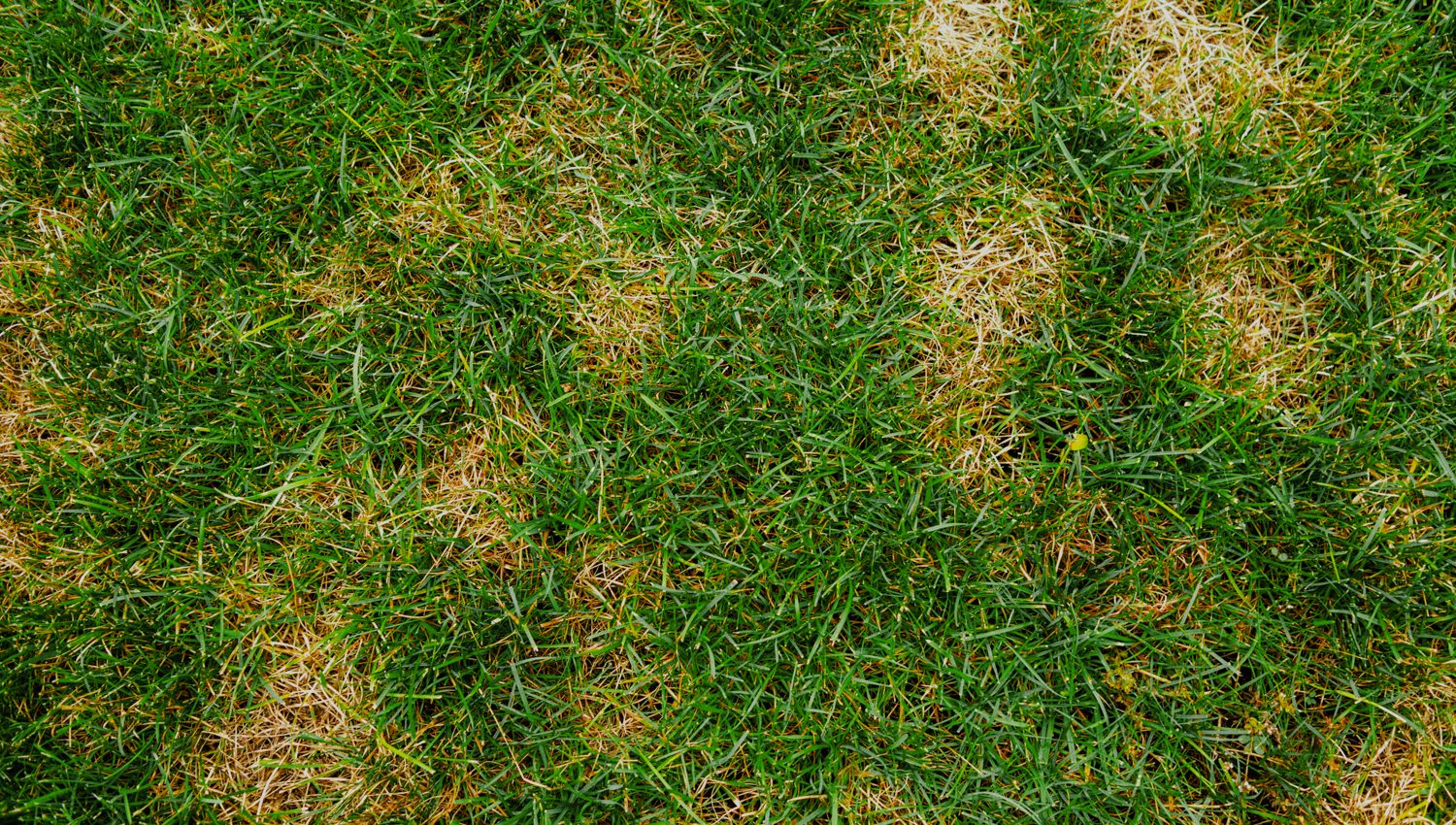
Identifying & Treating Summer Patch Disease
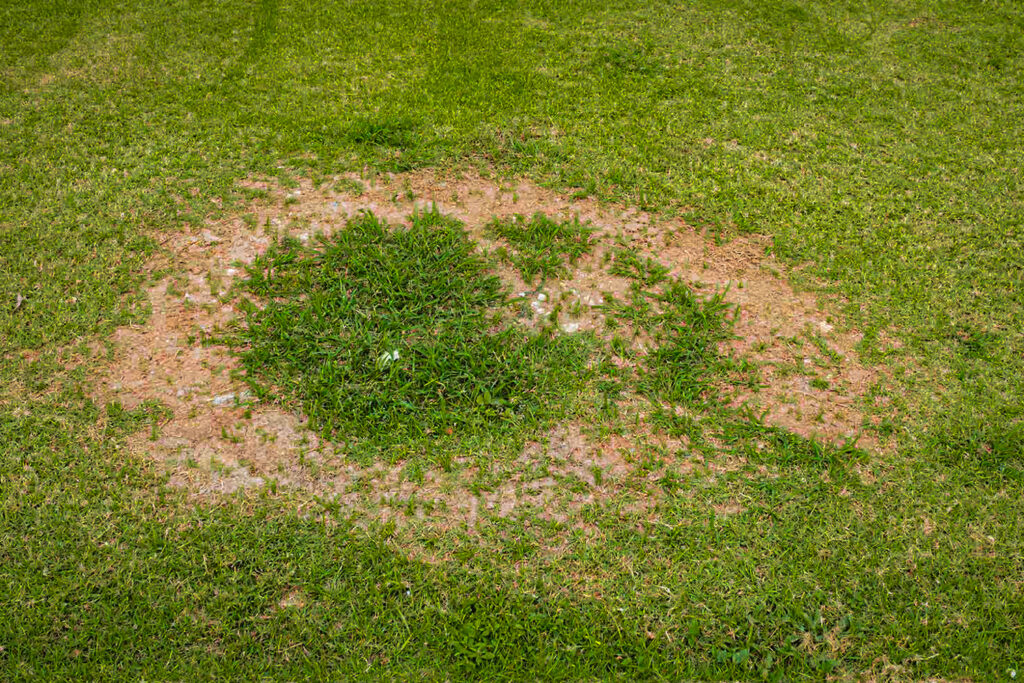
What Is Summer Patch Disease
Summer patch is a highly destructive fungus that infects grass and destroys its roots. The fungus can survive in infected plant debris or perennial hosts, even in winter. When the hot weather hits, the fungus invades the lawn’s vascular system, destroying roots and disrupting the grass plant’s ability to take up water and nutrients. Soil with high pH levels (>7.0) is more susceptible to this and other diseases.
Summer patch is common in cool-season grasses, such as Kentucky bluegrass and annual bluegrass. It is more likely to occur in lawns that are:
- Overwatered
- Underwatered
- Mowed To Low
- Compacted
- Fertilized with too much nitrogen
- Located in shady areas
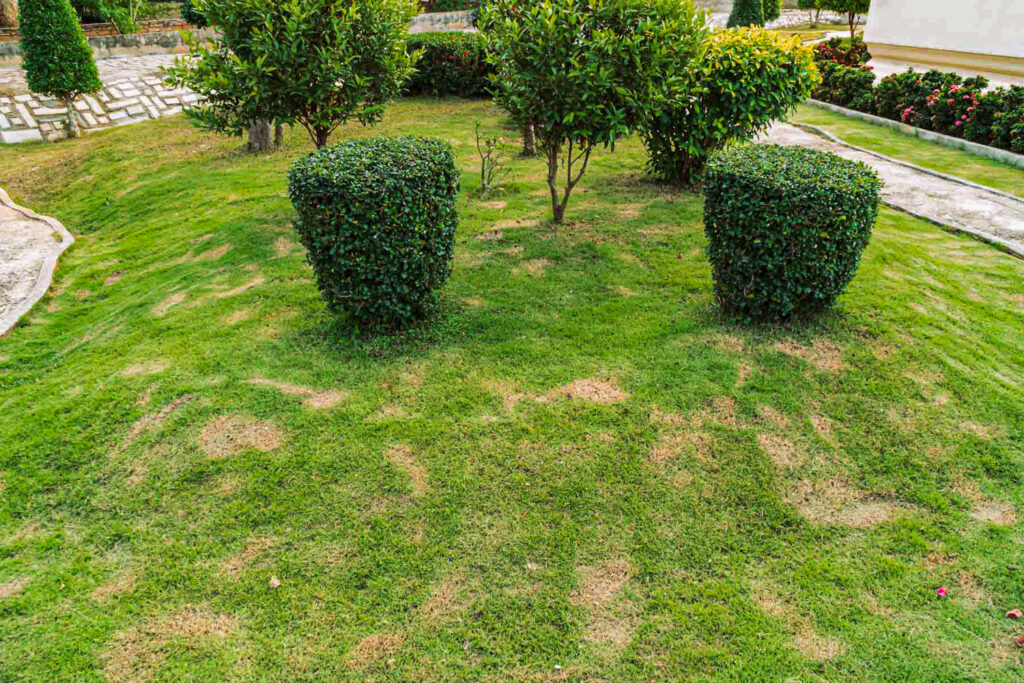
The fungus attacks the roots of the grass, causing them to rot. This leads to the grass blades’ wilting, yellowing, and eventually death.
Summer patch changes in appearance as the disease progresses. Here are some of the early warning signs and late-stage symptoms to look for:
Early Warning Signs:
- Dark-green, wilted, irregular grass circles up to 2” in diameter.
- Straw-colored patches, rings, and crescents.
Late-stage symptoms:
- Enlarged patches, each with an outer edge that looks yellow or bronze.
- Grass blades that are dying back from the tip.
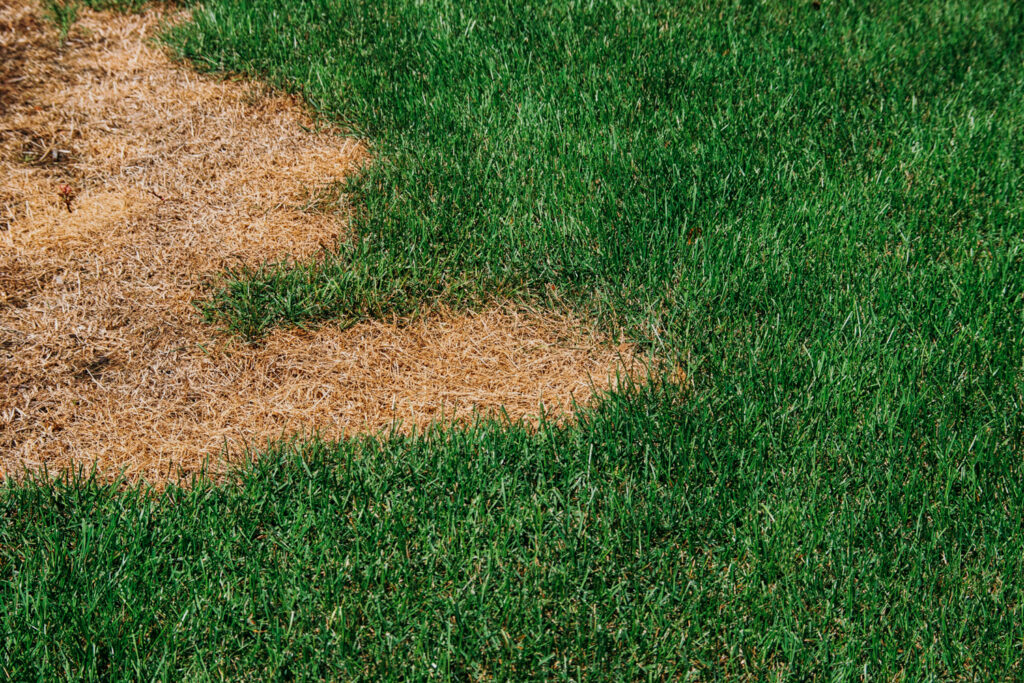
Summer patch and brown patch (pictured above) are two common lawn diseases that can cause brown, dead patches in your grass and are often mistaken for each other. The best way to tell the difference between summer patch and brown patch is to look at the time of year and the weather conditions when the symptoms first appeared. Summer patch is most common in hot, humid weather, while brown patch is most common in wet, cool weather. You can also look at the shape of the patches. Summer patch is usually small and circular, while brown patch is usually large and irregular.
If you are unsure which disease affects your lawn, you can take a sample to your local nursery or garden center, or contact lawn care experts such as Elite Lawn Care for immediate assistance!

Treatment Of Summer Patch Disease
Any lawn care expert will tell you that summer patch should be treated immediately with the appropriate lawn fungicides that will kill the disease but not harm surrounding grass and plants. Fungicides might not be enough to solve the issue for your grass, though. In addition, it’s crucial to take the following actions when caring for your lawn:
- Apply nitrogen fertilizer
- Mow at the proper height for the type of grass you have.
- Proper soil compacting and inadequate drainage
- Lessen thatch
- Deeply watering your lawn
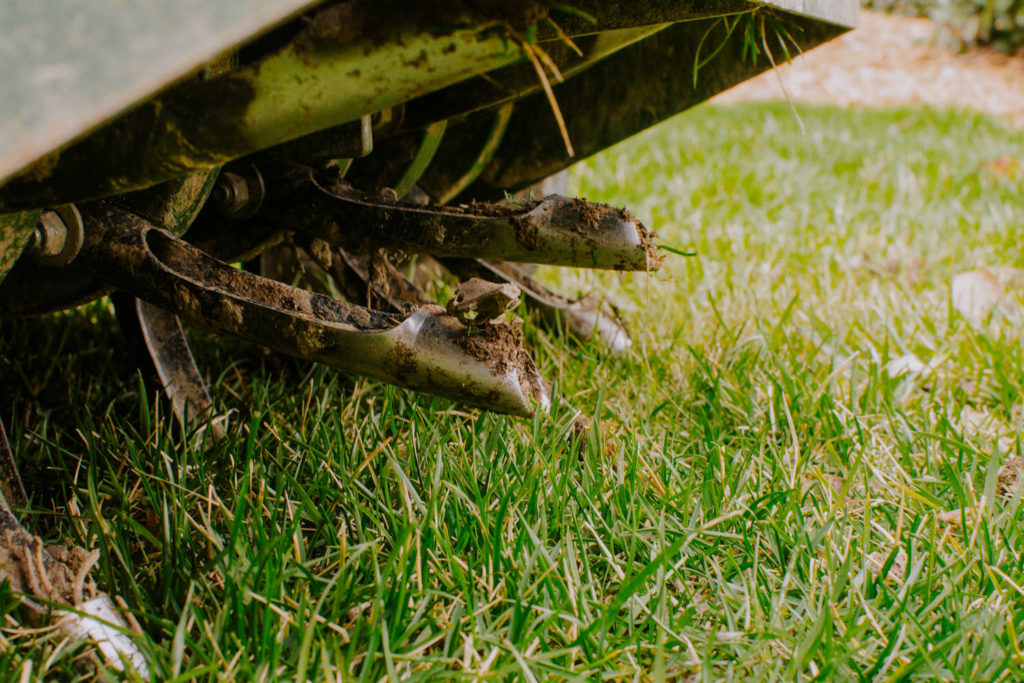
Prevention Of Summer Patch Disease
The best way to deal with summer patch is to prevent it from happening in the first place. Here are some tips for preventing summer patch:
- Aerate your lawn in the spring and fall. This will help to improve drainage and reduce the risk of disease.
- Water your lawn deeply and regularly, especially during hot weather. This will help to keep the roots of your grass healthy and strong.
- Mow your lawn at the correct height. For Kentucky bluegrass, the ideal height is 3 to 3.5 inches. Mowing too low can weaken the roots of your grass, making it more susceptible to disease.
- Limit foot traffic on the lawn to prevent the soil from compacting further.
- Fertilize your lawn with a balanced fertilizer in the spring and fall. Over-fertilizing with nitrogen can weaken the roots of your grass, making it more susceptible to disease.
- Maintain the pH of the soil to be 6.0-6.5.
- Plant resistant grass varieties. There are a number of grass varieties that are resistant to summer patch, such as creeping bentgrass, perennial ryegrass, and tall fescue.
Start Your Quote Today! Getting Started
Get your weekend back & simplify your life this season. Trust Elite Lawn Care for your Lawn Care, Landscaping & Snow Removal needs.
-
1Choose Your ServicesChoose the services your property needs throughout the year.
-
2Set Up & Finalize Your AccountFill out the form & one of our team members will contact you.
-
3Discover The DifferenceServices are automatically scheduled, completed & billed.

